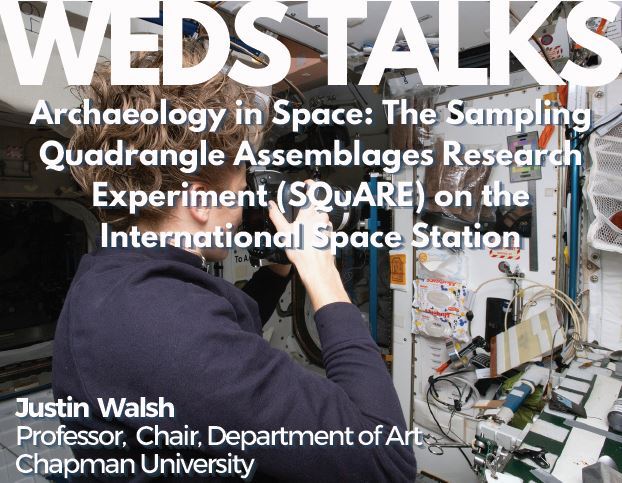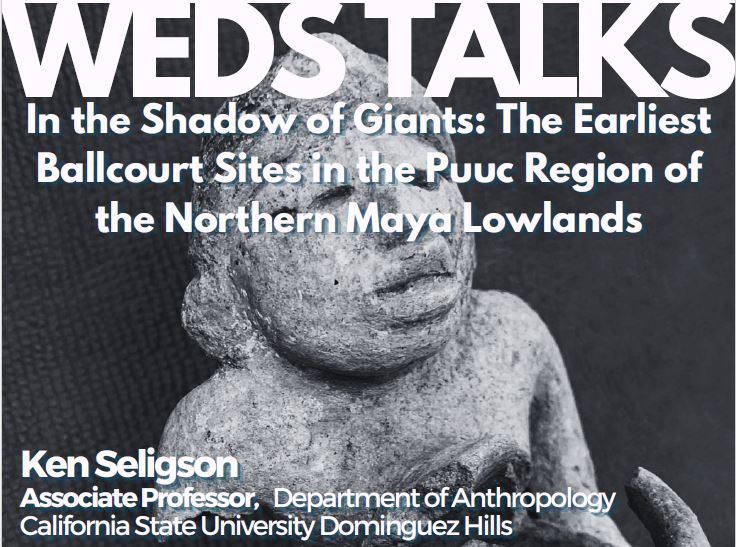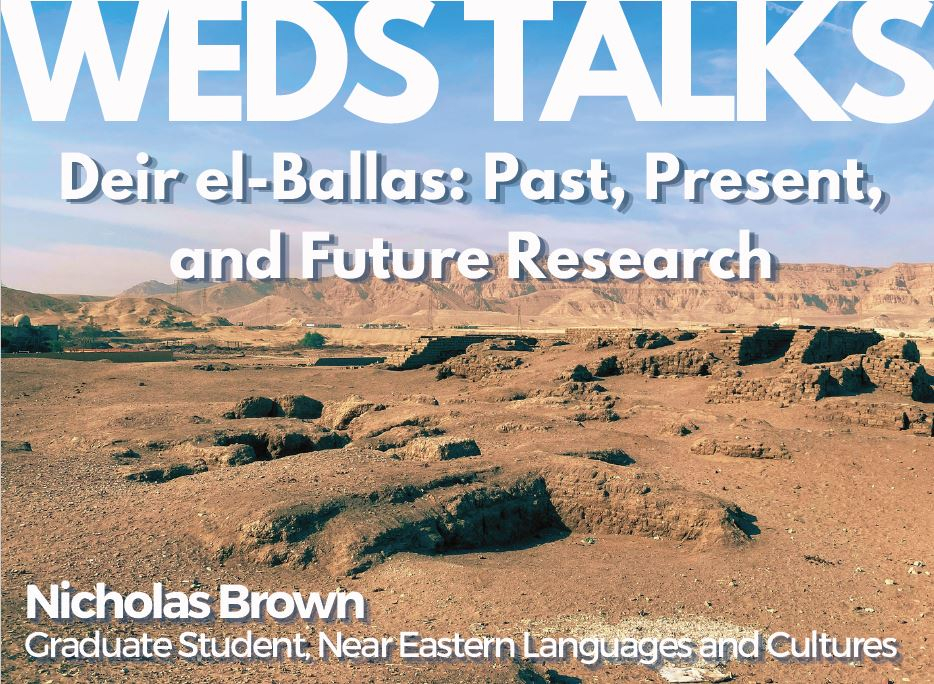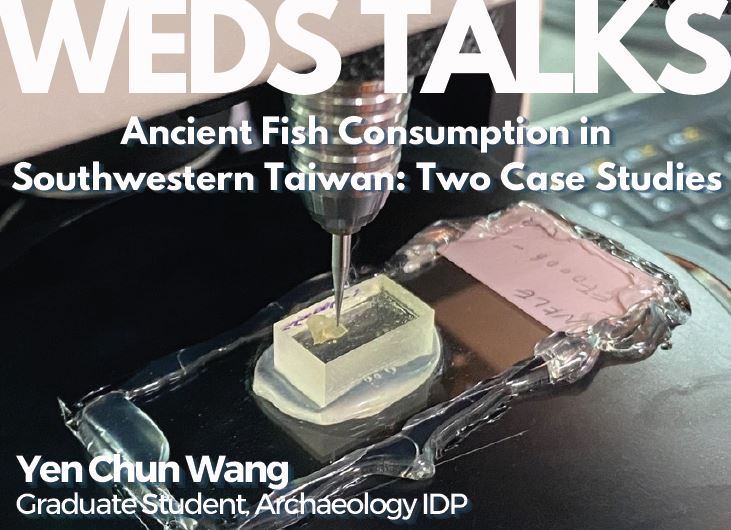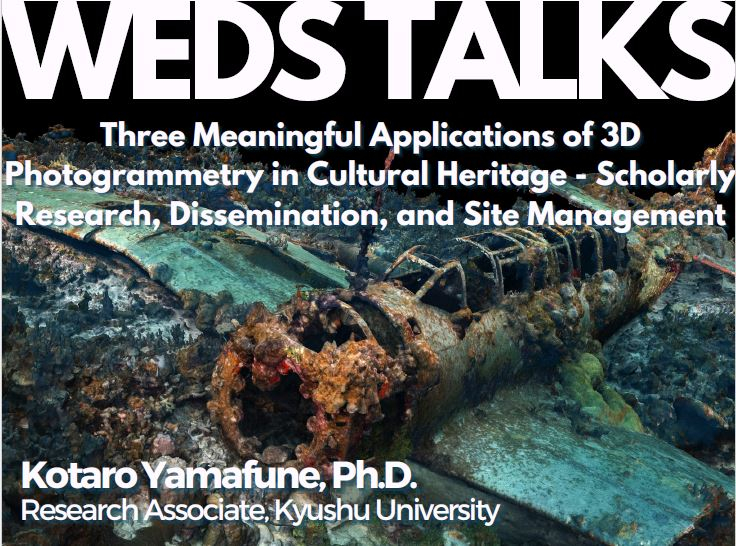Past Events
Interested in Cotsen events? Sign up for our mailing list.ABSTRACT: Between January and March 2022, astronauts aboard the International Space Station (ISS) performed the first archaeological work in space, the Sampling Quadrangle Assemblages Research Experiment (SQuARE). The crew of the ISS defined six sample locations (“squares”) around the ISS and documented them through daily photography over a 60-day period. Walsh will present an overview of the SQuARE payload and results from two of the six squares.
BIO: Justin Walsh is professor of art history, archaeology, and space studies at Chapman University and Ad Astra Fellow in Space Habitats and Space Anthropology at USC. Since 2015, he has been co-PI of the International Space Station Archaeological Project (ISSAP), the first investigation of the material culture of a human habitat in space. ISSAP won awards for its work in 2023 from the Archaeological Institute of America and the American Anthropological Association. In 2024, Walsh was included in the Explorers Club 50, which recognizes “explorers changing the world and extending the meaning of exploration.”
Contact Sumiji Takahashi
Email sutakahashi@ioa.ucla.edu
Phone 310-825-4169
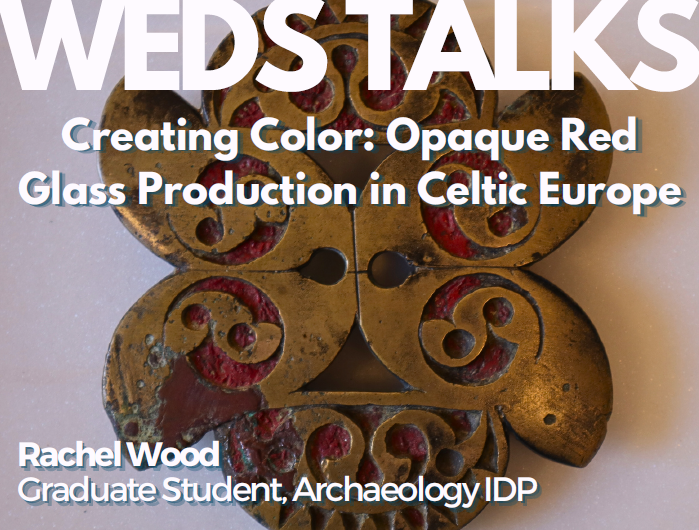
ABSTRACT: In Iron Age Celtic temperate Europe (450/400 BCE to late 1st c. BCE), opaque red glass was used in the decoration of gold, copper alloy, and iron prestige goods such as helmets, swords, fibulae, chariots, and horse equipment. Opaque red glass was difficult to produce and to work into a final product; craftspeople needed intimate knowledge of the ingredients necessary to create and color a gem-like and easily workable red glass, the correct firing temperature and furnace conditions for melting, and various techniques for application to a metal surface. In this talk, I will address the technical know-how to create opaque red glass and its many associated products discovered through the analysis of glass samples from the late Iron Age and early Roman provincial period settlement of Mont Beuvray in France and an ongoing experimental project to recreate opaque red glass.
BIO: Rachel Wood is a PhD candidate in the Archaeology IDP at UCLA. Her research focuses on the value and social networks created through the trade, production, and consumption of opaque red glass in late Iron Age and early Roman provincial western and central Europe.
Contact Sumiji Takahashi
Email sutakahashi@ioa.ucla.edu
Phone 310-825-4169
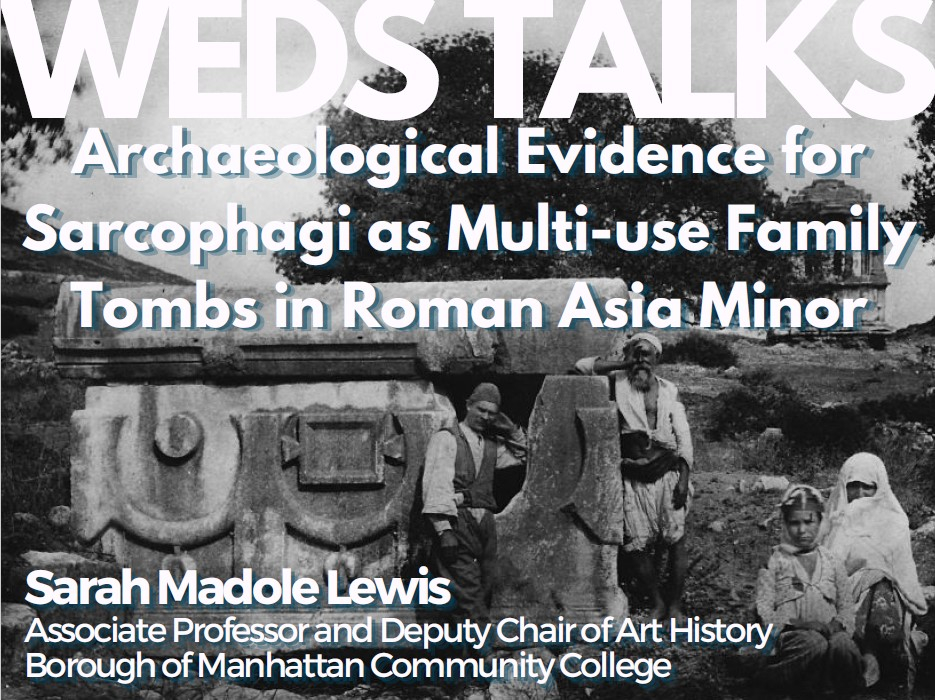
ABSTRACT: How many bodies went into sarcophagi in the eastern Mediterranean under Roman rule? Who bought monument and why? For the inhabitants of the Roman East, and in Asia Minor in particular, most patrons purchased a sarcophagus for themselves and their families, authorizing a minimum of two (and up to four) generations burial within. Yet the mortuary remains often reveal the presence of even more depositions than those specified in the texts. Using four evidentiary categories––epigraphy, skeletal remains, the structural outfitting of the sarcophagi, and iconography––I explore the phenomenon of the intended reuse of sarcophagi in Asia Minor.
BIO: Dr. Sarah Madole Lewis is Associate Professor and Deputy Chair of Art History at the Borough of Manhattan Community College (City University of New York). Her research focuses on the funerary landscapes of the ancient Roman world with a specialization on the eastern Mediterranean and the later Empire. As a current Getty Villa Research Scholar she is working on the manuscript for her book project, Roman sarcophagi in their eastern Mediterranean contexts, which examines sarcophagi from Anatolia to Cyrene during the Roman period.
Contact Sumiji Takahashi
Email sutakahashi@ioa.ucla.edu
Phone 310-825-4169
ABSTRACT: Over the past twenty years, archaeologists have come to realize that far from being a cultural backwater, the northern lowlands of the Yucatan Peninsula were integral to the development of the ancient Maya civilization. Communities constructed humongous platform mounds around the edges of the hilly Puuc Region as early as 800 BCE, at the same time that some intrepid settlers established the first farming villages within the Puuc Region itself. These earliest Puuc agricultural communities followed similar site plans that included central platform mounds and, surprisingly, full-scale ancient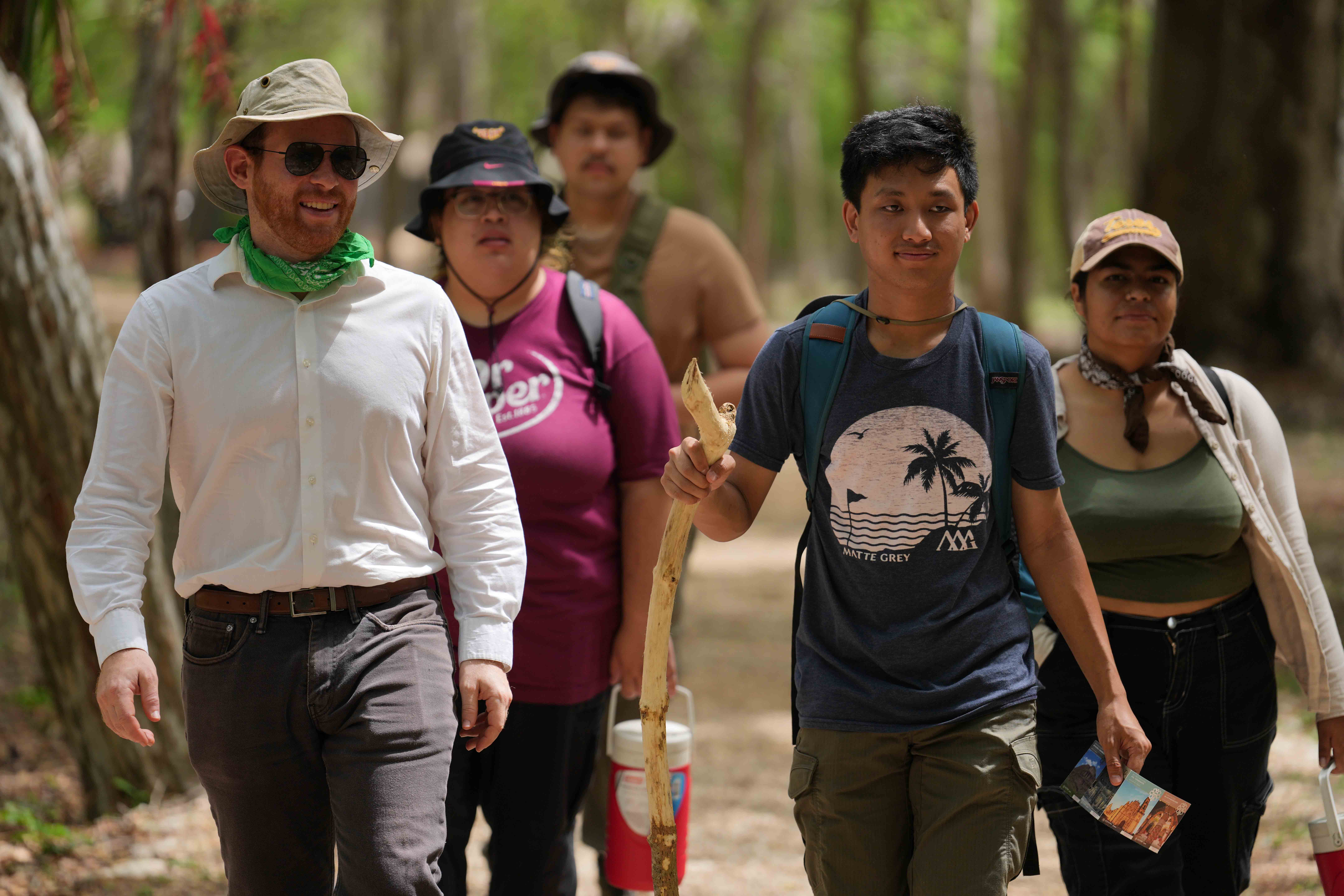
Contact Sumiji Takahashi
Email sutakahashi@ioa.ucla.edu
Phone 310-825-4169

ABSTRACT: In my talk I will discuss the connections between Archaeology, Heritage and the Future, using examples ranging from prehistoric futures to UNESCO World Heritage to contemporary long-term repositories for nuclear waste. I will also discuss the concept of ‘heritage futures’ and discuss how it matters in relation to sustainable development and address challenges posed by climate change and violent human conflicts. After this session you will understand (I hope!) what the Archaeology of the Future is all about and how you can become a Future Archaeologist yourself.
BIO: Cornelius Holtorf is a Future Archaeologist and Professor of Archaeology as well as Chairholder of the UNESCO Chair on Heritage Futures at Linnaeus University, Kalmar, Sweden. He studied in Germany and the UK, received a Doctorate from the University of Wales in 1998, and has been living in Sweden for more than two decades. He is currently a Getty Scholar working on “Heritage in Transformation”.
Contact Sumiji Takahashi
Email sutakahashi@ioa.ucla.edu
Phone 310-825-4169

ABSTRACT: In recent years, the focus of Egyptological scholarship has slowly moved away from narratives focused solely on royal monuments and texts to interrogate how kings and kingship fit into broader ancient Egyptian society. My current book project seeks to better understand where, when, why, and how non-royal Egyptians in specifically the Middle Kingdom period (ca. 2030 - 1650 BCE) engaged with kingship.
In this talk, I will go over my initial motivation for working on this topic and the ways in which my thinking has evolved, shifting from focusing on binary absence vs. presence of kingship in non-royal lives to more carefully considering the ways in which kingship was engaged with by those outside of the royal court. Rather than impose strict categorizations, my approach instead highlights the variability of engagement with kingship in the non-royal sphere, including for instance encounters hinging on the durability of architecture or the experience of occasion.
BIO: Luiza Osorio G Silva is Assistant Professor of Art History, Archaeology, and Visual Studies at the University of California, Irvine. She is currently the Assistant Director of the Mastaba of Akhmerutnisut Documentation Project (MAD-P) in Giza, Egypt. Her research interests include ancient Egyptian kingship, monumentality, and the audiences and contexts for art and architecture.
Contact Sumiji Takahashi
Email sutakahashi@ioa.ucla.edu
Phone 310-825-4169
ABSTRACT: As the capital city and administrative center of the Theban kings during the Hyksos expulsion of the 17th Dynasty (ca. 1650-1521 BC), Deir el-Ballas is of tremendous importance in the history and archeology of Egypt. The site is located on the west bank of the Nile to the north of the town of Ballas proper by the villages of El-Deir and El-Deir el-Gharbi.
The site was first excavated by the Hearst Expedition from the United States under the direction of George Reisner in 1900-1901. In order to clarify the records of that expedition and publish the site, four seasons of archaeological work were undertaken by Peter Lacovara between 1980-1986 under the
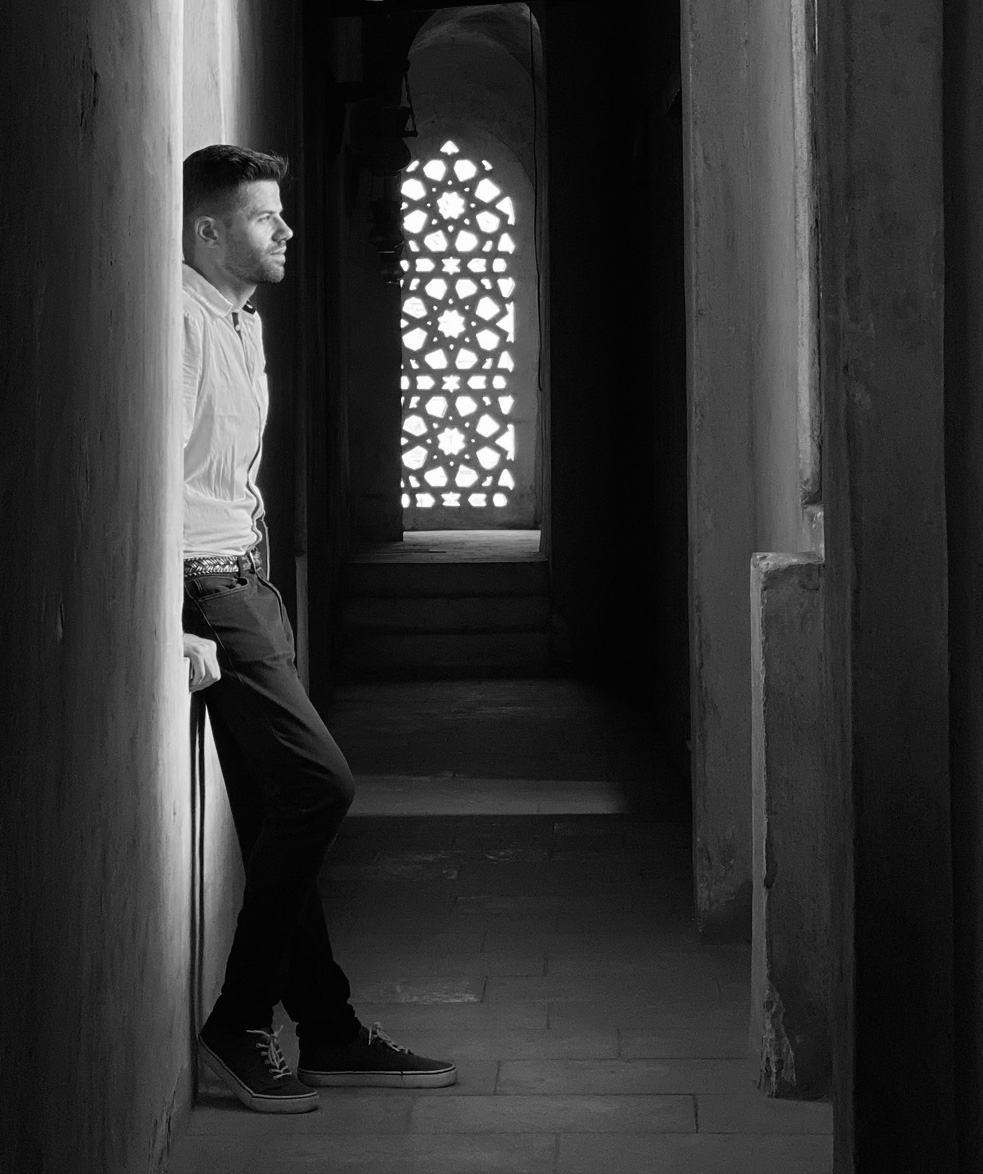 sponsorship of the American Research Center in Egypt and the Museum of Fine Arts, Boston. Since 2017 the Deir el-Ballas Expedition has been working together with the Qena Antiquities Inspectorate to restore and protect these archaeological remains and to preserve this important site for future generations. The goals of the new work of the Deir el-Ballas Expedition are twofold, to publish George Reisner’s original excavation records along with our new archaeological research at the site- to understand the previous excavations and to protect and preserve the ancient monuments.
sponsorship of the American Research Center in Egypt and the Museum of Fine Arts, Boston. Since 2017 the Deir el-Ballas Expedition has been working together with the Qena Antiquities Inspectorate to restore and protect these archaeological remains and to preserve this important site for future generations. The goals of the new work of the Deir el-Ballas Expedition are twofold, to publish George Reisner’s original excavation records along with our new archaeological research at the site- to understand the previous excavations and to protect and preserve the ancient monuments.
BIO: Nicholas (Nick) Brown is an American Egyptologist who has worked as an archaeologist in Egypt since 2011. He received his MA degree in Egyptology from the American University in Cairo in 2016, and currently is an Egyptology PhD candidate at the UCLA.
Contact Sumiji Takahashi
Email sutakahashi@ioa.ucla.edu
Phone 310-825-4169
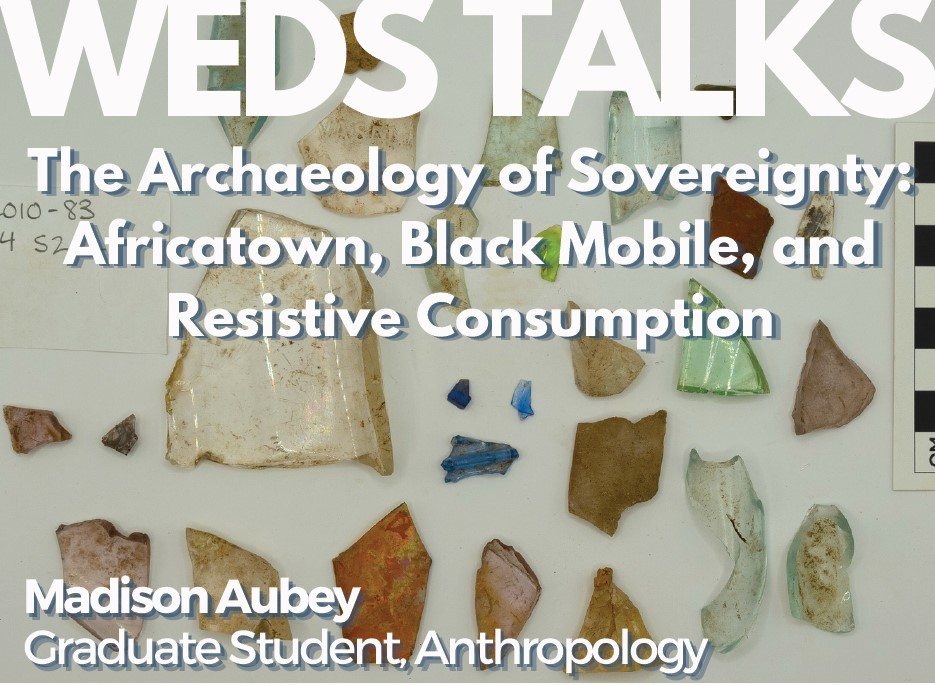
ABSTRACT: As the second most prolific exporter of cotton in the mid-19th century, Mobile, Alabama was built by enslaved laborers. As such, after the Emancipation Proclamation, there was, necessarily, a dramatic reordering of both economic and social structures. In addition to this new economic landscape, newly emancipated Black people gained geographic autonomy, with the ability to live far from the prying eyes of a former overseer or enslaver. By doing a comparative analysis of the archaeological material found at two free Black sites in what was at the time unincorporated Mobile-I explore the different ways in which 'free' Black life was carried out in the American South directly after Emancipation. The two sites, one in Africatown, Alabama, and the other near Magnolia cemetery highlight opposite ends of the spectrum of Afro-diasporic experiences in America at the time (generational enslavement vs. 5 years of enslavement) allowing for multifaceted representation of Black life. Additionally, as I engage with these two sites through collections already excavated, I discuss the value of collections-based research, especially in the archaeology of marginalized communities.
BIO: Madison Aubey received her BA in Anthropology from Columbia University. This past Spring, she completed her MA in Anthropology at UCLA. Her research has focused on broadening academic understandings of the African Diasporic experience in the United States and her work has taken her across the American South as well as the hinterlands of the Republic of Bénin. She is continuing this same line of research, with a focus on foodways, for her doctoral research.
Contact Sumiji Takahashi
Email sutakahashi@ioa.ucla.edu
Phone 310-825-4169
ABSTRACT: This presentation will cover two archaeological case studies around fish in Taiwan that I have been working on with Dr. Chieh-Hsiang Lin at Academia Sinica. Despite fish being one of the most abundant resources on the island, there has been very limited research about it until recently. Our first study, centered around the otolith assemblage in Southwest Taiwan, aims to examine changes in fish resource consumption. Instead of attributing these changes to ancient overfishing, we find that the transition in the otolith assemblage is more likely linked to alterations in the coastal environment. Our second study further investigate the large yellow croaker, an endangered species in East Asia also found in our sites. By comparing fossils, archaeological remains, and modern individuals, we discover that the subgroup around Taiwan has undergone transitions in life history, and their representation is also decreasing compared to the past, similar to the analysis of the subgroup near China.
BIO: Yen Chun Wang is a third year student in the IDP program of UCLA. He received his BA degree in National Taiwan University anthropology and MA degree from UCLA archaeology. His is interested in human environment interaction, such as fish consumption in the past and more recently, sugar production in Early Modern Taiwan.
Contact Sumiji Takahashi
Email sutakahashi@ioa.ucla.edu
Phone 310-825-4169
ABSTRACT: Photogrammetry has become an indispensable recording tool for maritime archaeology over the past decade. Thanks to its accuracy and flexibility, photogrammetry and the digital 3D models it generates are not only used as a recording tool and data source but are also applied in 'Academic Research,' 'Education and Outreach,' and 'Protection of Archaeological Sites.' In this talk, I will explain several case studies conducted in different countries and discuss its advantages and potential problems.
BIO: Kotaro Yamafune received his Bachelor of Arts degree in history from Hosei University in Tokyo in 2006. He entered the Nautical Archaeology Program in the Anthropology Department at Texas A&M University in September 2009 and received his Master of Arts degree in August 2012 and earned his doctorate in May 2016. His research interests include shipbuilding in Medieval Europe and the European Age of Discovery, and ship reconstruction both manually and through the use of digital tools such as 3D modeling software. He also focuses on photogrammetric recording of submerged cultural heritage, including shipwreck sites. He also expands his study interest to museology for nautical and maritime archaeology. In September 2016, he found A.P.P.A.R.A.T.U.S. LLC. and became its president. Also, he teaches a course of maritime archaeology at Tokyo University of Marine Science and Technology as a lecturer, and he conducts research at Kyushu University as a research associate. Currently he is helping both terrestrial and underwater archaeological projects and providing workshops in many countries using his skills of photogrammetry.
Contact Sumiji Takahashi
Email sutakahashi@ioa.ucla.edu
Phone 310-825-4169
- ‹ previous
- 4 of 22
- next ›



